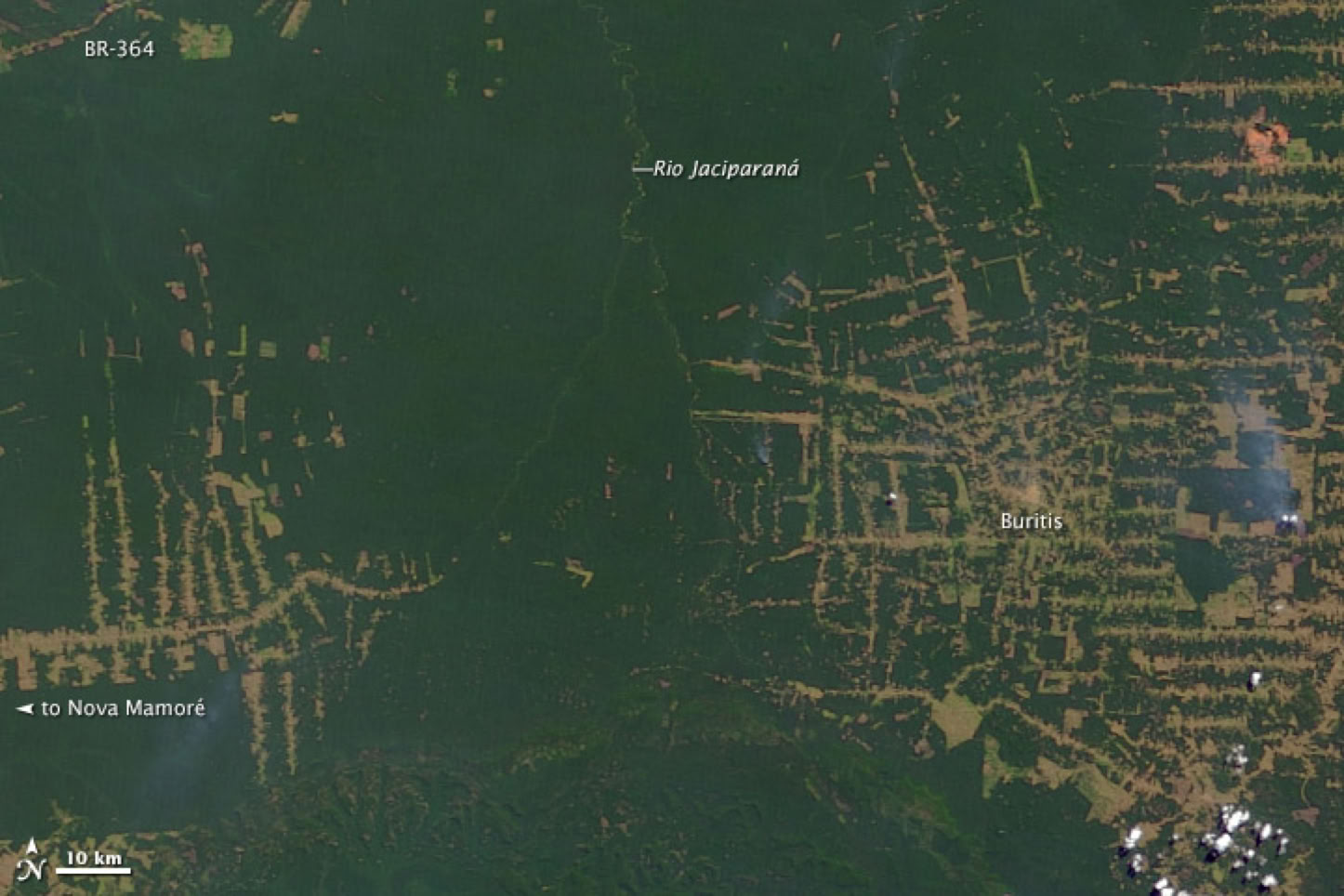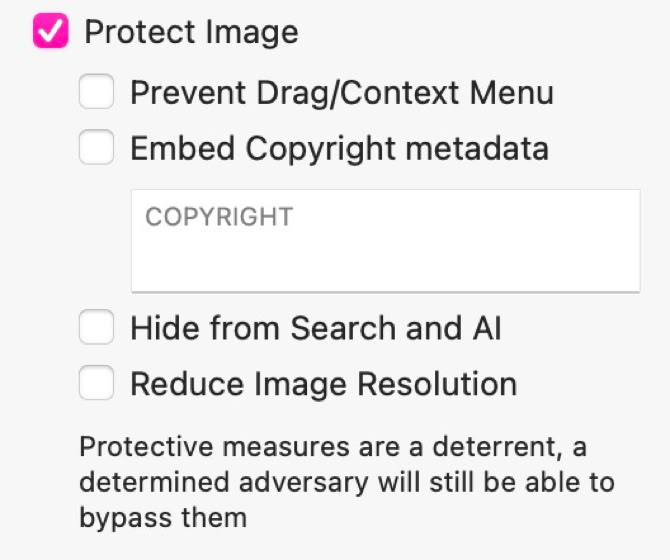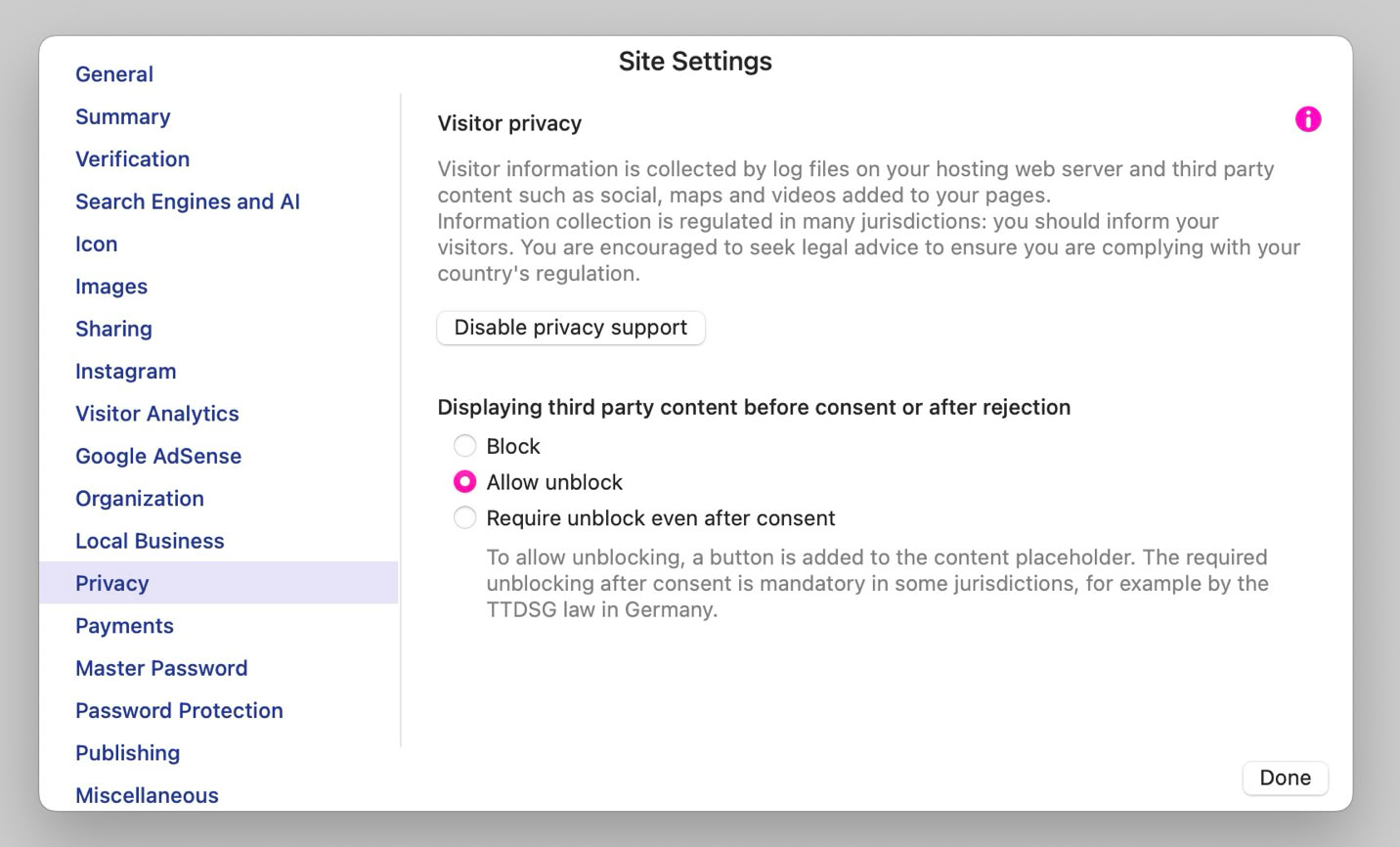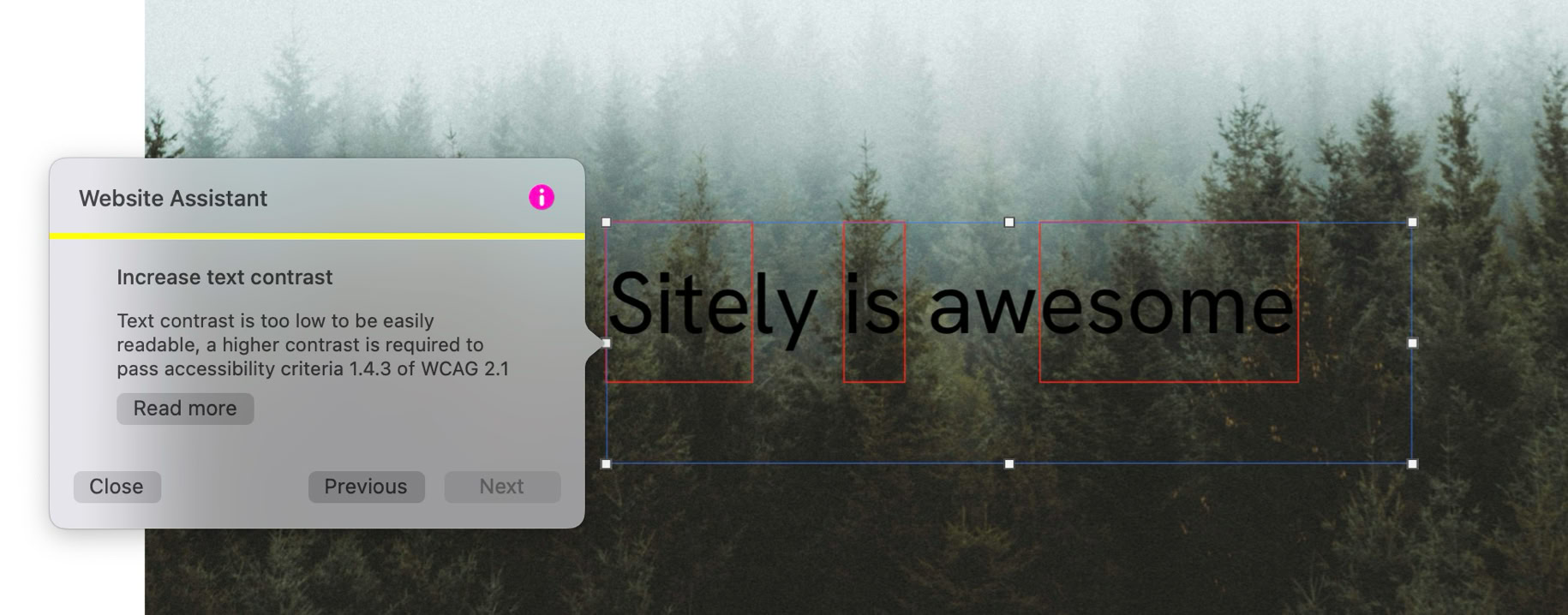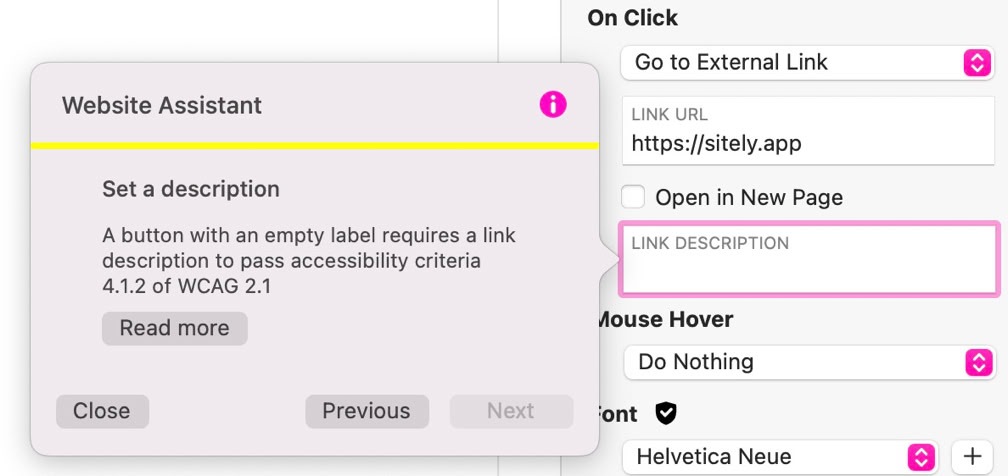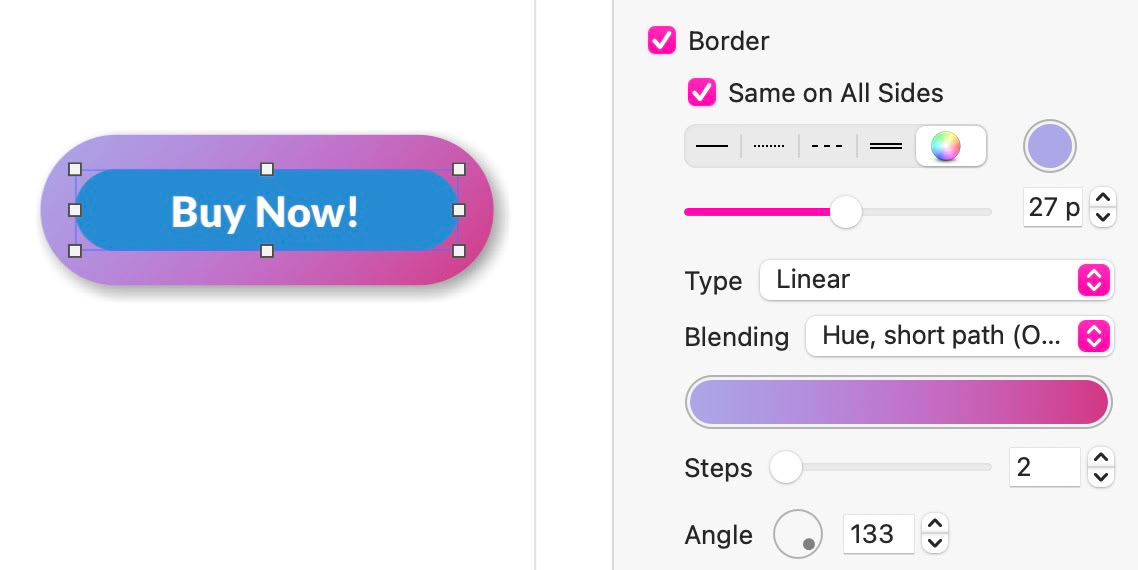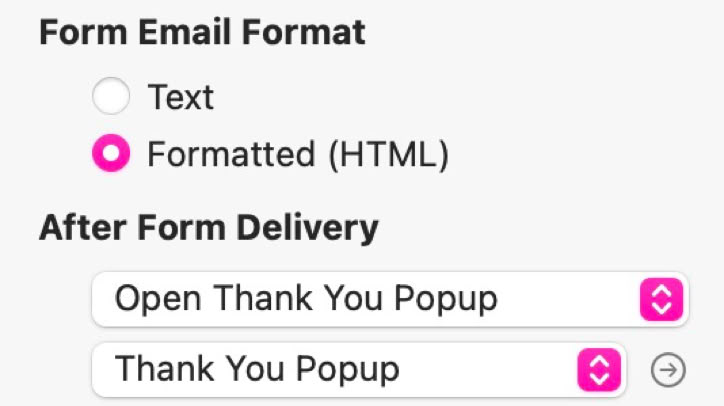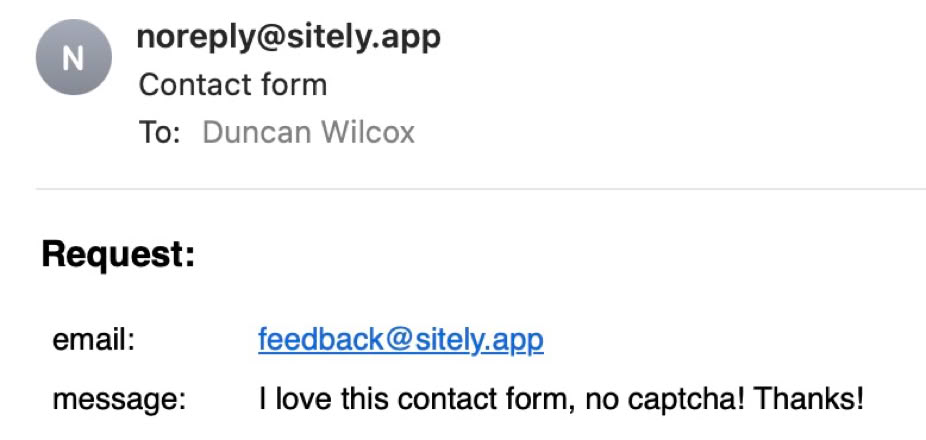Second generation AI website creation
Sitely's upgraded AI website generator, now available in version 6, kickstarts your project with a ready‑to‑edit layout complete with rich text and royalty-free images, dramatically reduces your design friction . Once the AI lays down the core structure, you take over, customizing content, visuals, and interactions in Sitely’s canvas.
The AI generator elegantly blends the speed of AI automation with the freedom of manual refinement, striking a balance between inspiration and control.
AI website generation now fully unlocks the power of built-in functionality, giving you control over your site’s color palette, enabling synchronized menus, and other powerful features such as layout blocks built as FAQ sections. It also produces more intelligent, tailored text that aligns more closely with your directions.
